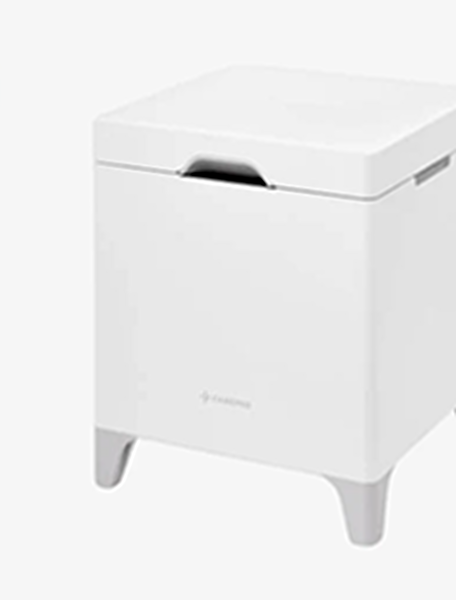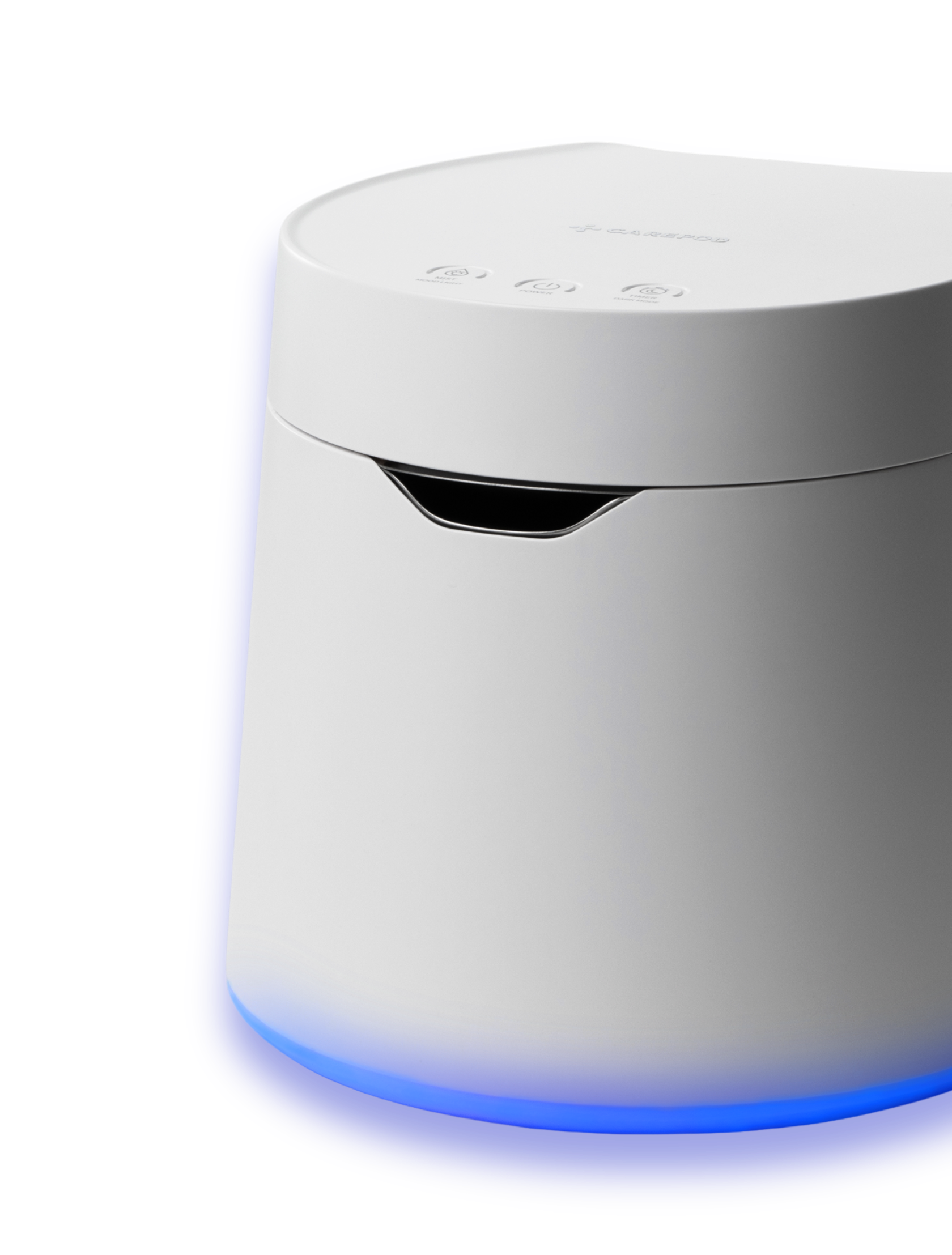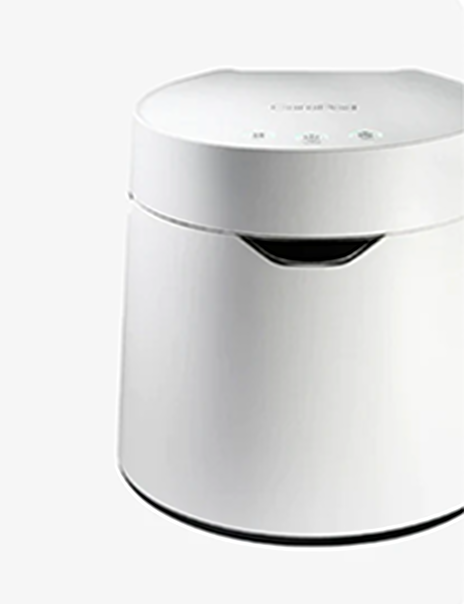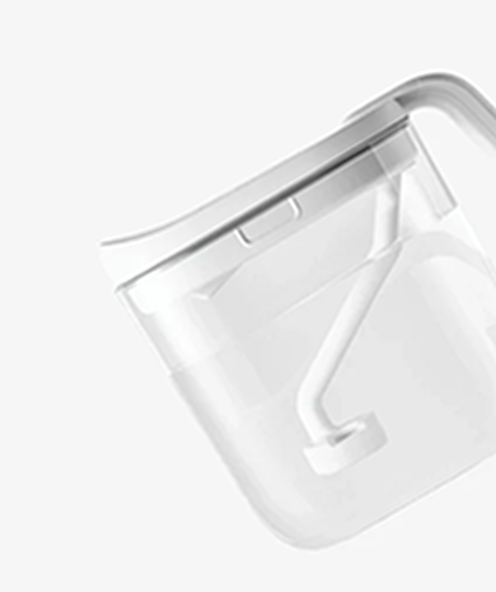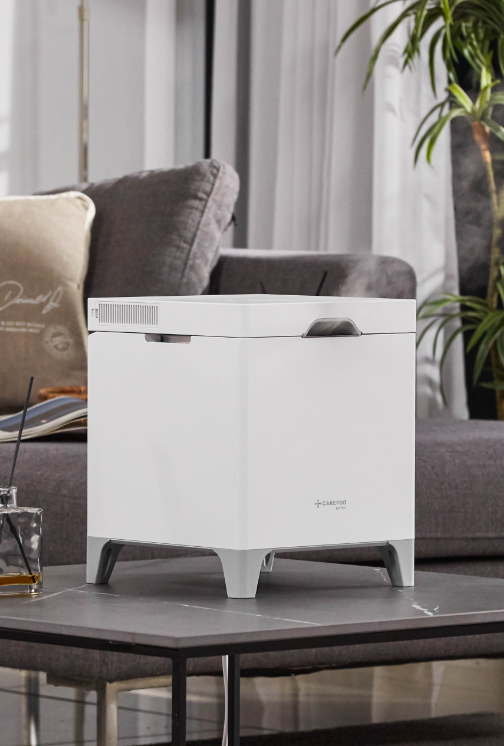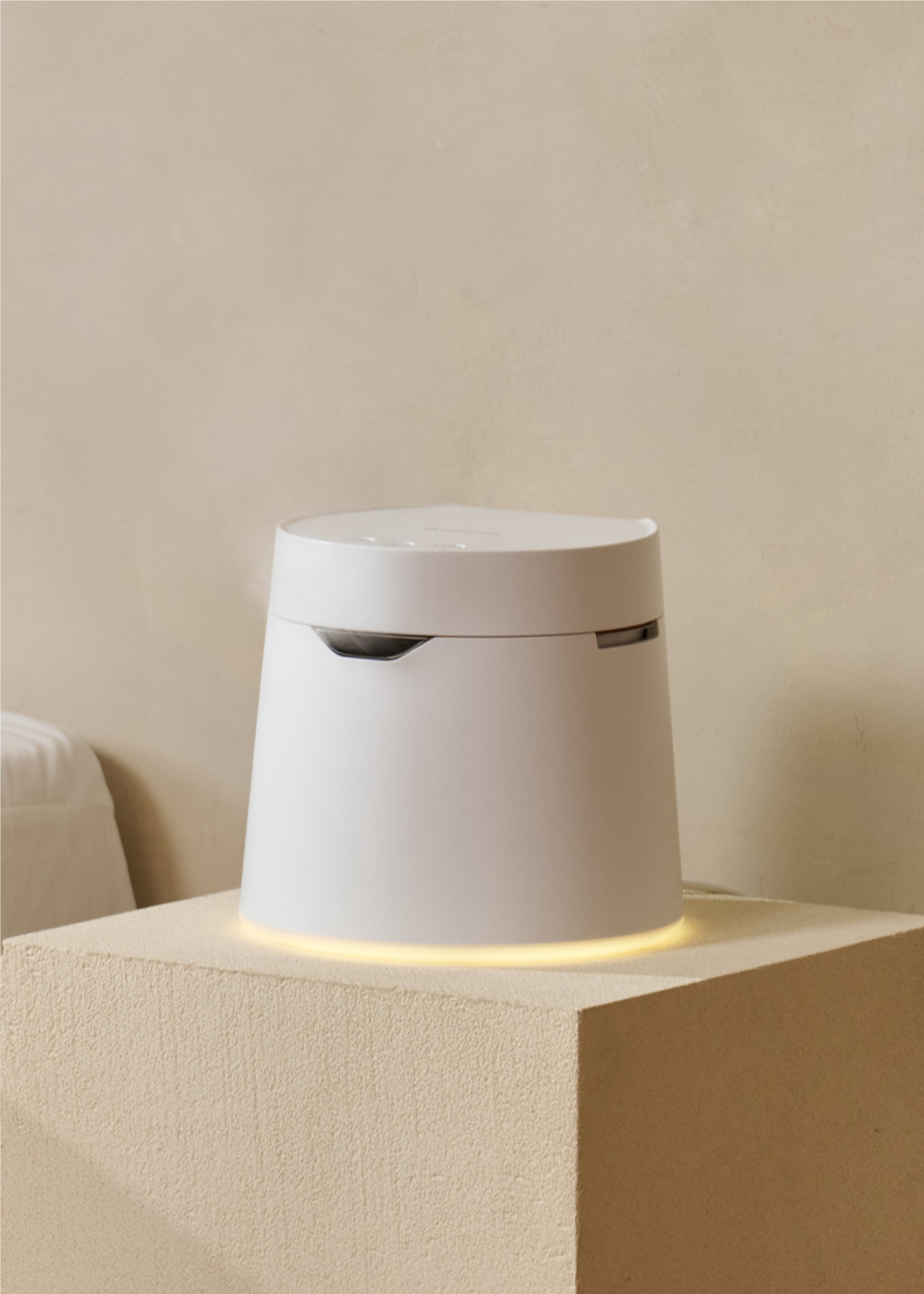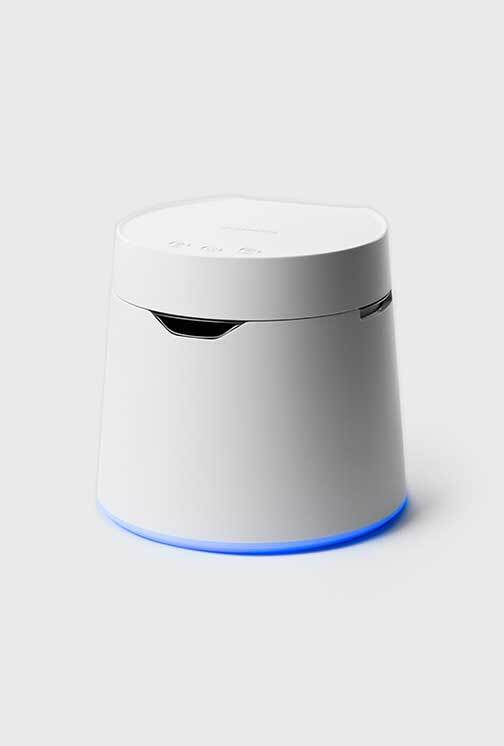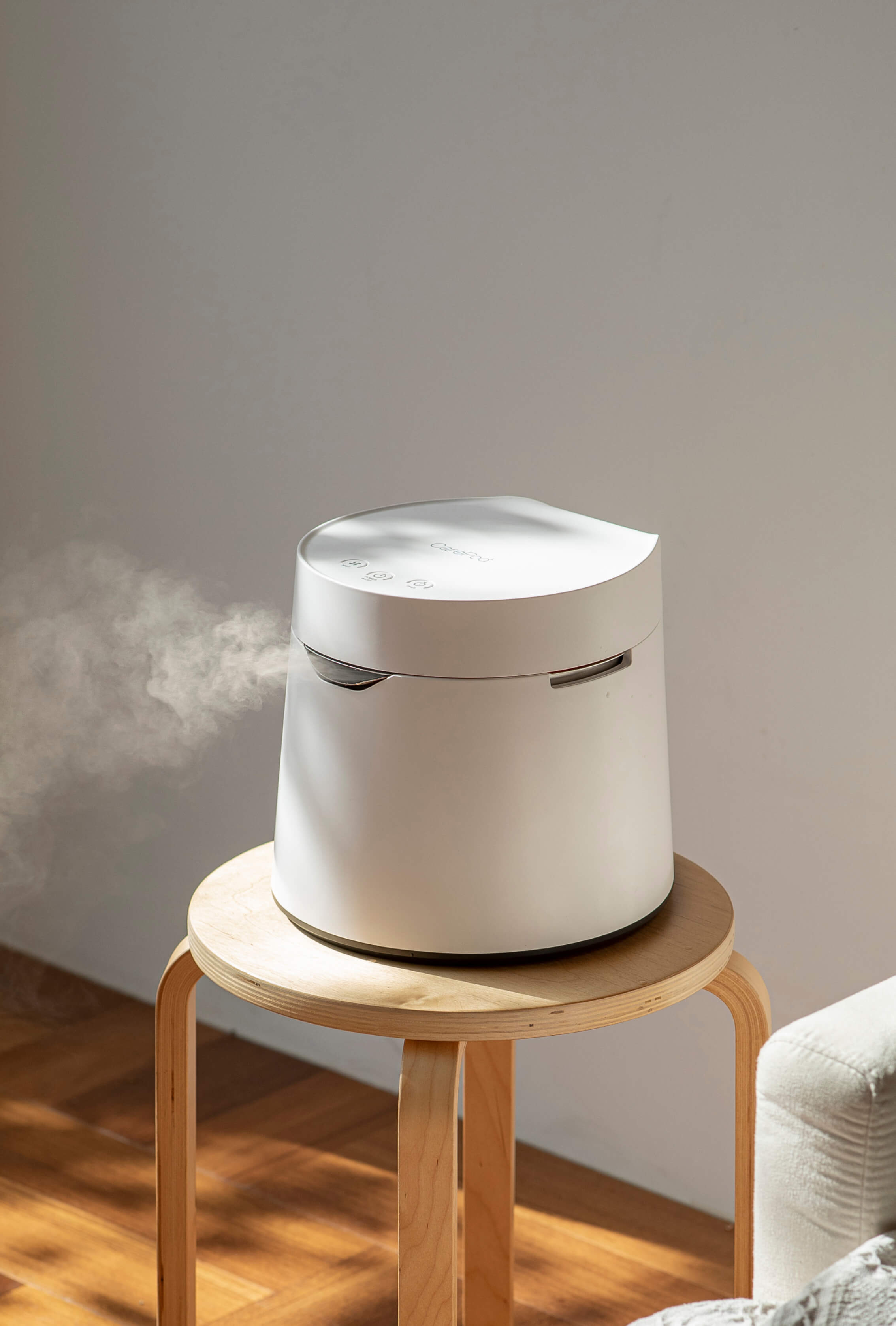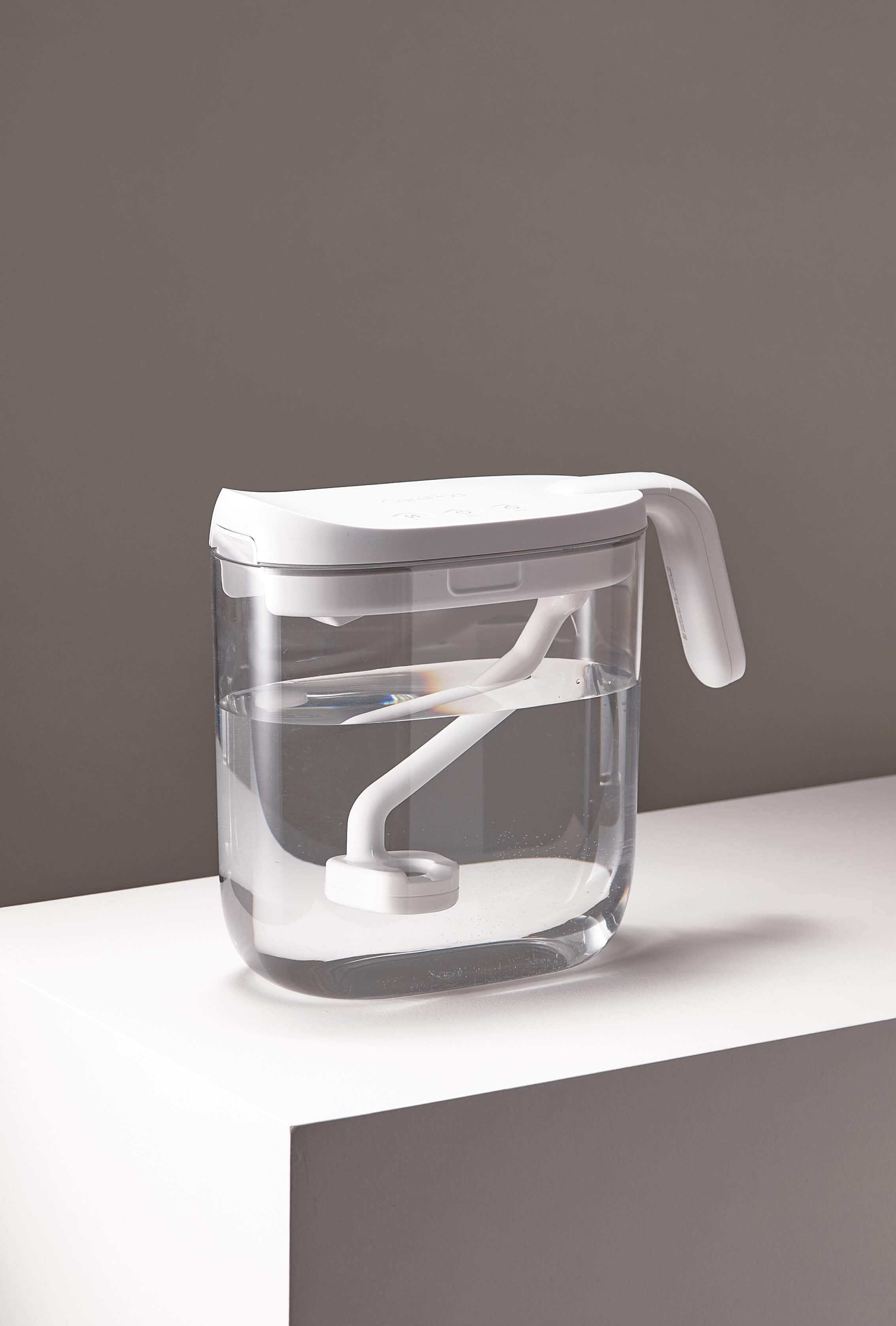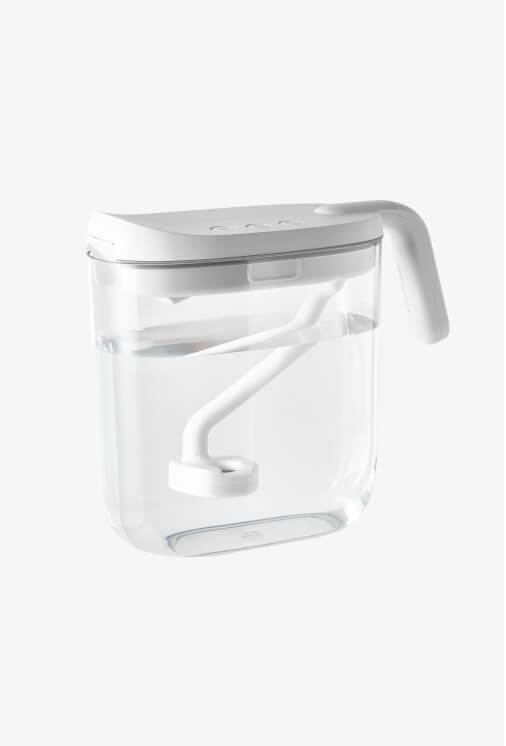Humidifier Filters: Why Carepod Is Better, Healthier, and Safer Without Them

Imagine this: you're in the midst of the dry winter months.
You've just embarked on your humidifier-finding journey to combat the dry air of the indoor heating season. Maybe you're browsing Amazon for your first whole-house humidifier; perhaps this is your fifth in a long line of portable humidifiers. Either way, you've come to a standstill.
You look at the search page to see the dreaded "2,000 results." Uh-oh. Commence your thought spiral. There's more than one type of humidifier? What's an evaporator pad? What's a warm mist humidifier?
Why is Carepod a filterless humidifier? Why do other kinds of humidifiers, like the Honeywell Humidifier, have a filter?
We've all been there. Lucky for you, we're here to answer that last question. Today, we're going to dive into the science behind humidifier filters and why our models at Carepod don't use them.
Understanding the Ultrasonic Carepod Humidifier Model
First, to understand why Carepods don't have filters, you'll need to know more about the model itself.
Ultrasonic Humidifiers

Carepod is classified as an ultrasonic humidifier. These types of humidifiers have two essential pieces: a water tank and a diaphragm.
The diaphragm oscillates rapidly; these high-frequency ultrasonic vibrations break up the water into microscopic droplets. These tiny particles, about 1-5 microns in diameter, are then released by the device. They evaporate into the air as mist, providing indoor humidity to your surroundings.
Unlike steam humidifiers, ultrasonic humidifiers do not rely on heating the water, so they typically come in the cool-mist variety. However, some ultrasonic models may also be sold as warm mist humidifiers.
Evaporative Humidifiers

The second type of humidifier is an evaporative humidifier.
Evaporative humidifiers are the most common kinds of humidifiers, operating on a simple scientific principle. Think of it this way: if you leave a glass of water out in the open for an extended period of time, the water will eventually turn into vapor. This is the natural process of evaporation, hence the name.
An evaporative humidifier uses a simple mechanism to speed up this process of evaporation. They have a component called a wick filter, sometimes also referred to as a humidifier pad.
A wick filter is made up of mesh material which consists of cloth or paper. The filter draws water up from the water tank to then turn it into vapor.
Just like any water filter, it collects mineral buildup, preventing white dust from forming around the humidifier. After the water is soaked up, a built-in fan blows over the wick, allowing the water to evaporate out of the device and into the air.
This type of humidifier is self-regulating: as the device expels moisture and the humidity in the room increases, the process of evaporation will naturally slow down. This means, the closer to optimal humidity levels, the lower the humidifier's rate of vapor production.
Checkpoint
So we know that was a lot of science. Let's sum it all up.
Evaporative humidifiers have wicking filters. These soak up moisture, leaving mineral deposits behind, before releasing water vapor into the air. Ultrasonic humidifiers use high-frequency sound vibrations or oscillations to create water droplets. They do not have filters.
But Aren't Filters Always Better?

After learning that evaporative humidifiers have filters and ultrasonic humidifiers don't, you might be a little confused. Why would you want an ultrasonic humidifier over evaporative? Aren't filters always better? Wouldn't you have better indoor air quality with a filter?
The answer to that question is actually no.
Remember, a humidifier is not an air purifier; it's not air cleaning. Because it's not an air filter, the only thing that your filter is cleaning is your water supply. So, the only benefit you'll get is clean water.
However, this is almost inconsequential, since most humidifier companies recommend using distilled or filtered water with their products. This is the case regardless of the humidifier type.
Benefits of Going Filterless
There are many advantages to getting a humidifier without a filter.
Let's dive into them:
No Need to Worry About Bacteria and Mold Growth
Your filter spends a lot of time sitting in the humidifier water.
This means filtered humidifiers are the perfect environment for the development of mold spores and bacterial growth. If you don't install a replacement filter on a regular basis (usually every 1-2 months depending on the type of water you use), you can risk compromising your indoor air quality.
While you might just think you can clean your filter, that can actually be more dangerous.
Cleaning your filter with white vinegar, chemical solutions, or soap will damage it. You can wipe off excessive dust or mineral content with a dry cloth, but this is a temporary solution at most.
No Hidden Costs
Something most people do not consider when purchasing a humidifier is that its initial price may not be its final price. If your humidifier has a filter, you'll be spending money every month on a replacement filter.
When you buy a Carepod, your payment is one and done. Unlike other humidifiers out there, we don't snare you with the financial burden of a filter replacement subscription.
You might be asking, why can't I just buy cheaper, off-brand filter replacements?
Using a generic filter is a big "no-no." Often, these don't have the proper antimicrobial protection to slow down bacteria production. Furthermore, if they're not specifically designed to work with your model, they might slow down or damage the humidifier.
They're Quieter
Remember when we said that filtered humidifiers use a fan to disperse water vapor? Well, these fans can get noisy.
One major benefit of ultrasonic humidifiers is that they are quieter. In fact, Carepod was specifically designed to operate silently, often being called "whisper-quiet."
This means that they're a great option for offices, bedrooms, and nurseries.
Why Carepod Over Other Filterless Humidifiers?
Now that you understand the benefits of ultrasonic humidifiers, you might be wondering why you'd choose Carepod over other options.
Why not go with a warm mist humidifier? Or perhaps one of those cool-looking furnace humidifiers?
We'll give you our top three reasons:
1. You don't need to be a rocket scientist to clean it.
Carepod’s simple, award-winning design means that there are only 3 pieces to take apart and clean. And if you don't feel like using soap and water, you can simply boil them in water for powerful sterilization, leaving them 99.99% germ-free. Say bye to moldy, bacteria-packed humidifiers and white dust; say hello to the always-clean Carepod.
2. It has a simple, yet effective design.
Carepod is designed perfectly for your home or office. It's minimalist, essential (and award-winning!) features infuse indoor air with just the right amount of hydration to keep you feeling happy, healthy, and aligned.
3. We make sure you're happy with your Carepod.
Our team always aims for utmost transparency and one of our policies is to treat our customers like family. We stand by our product and offer a money-back guarantee.
Conclusion
To sum it all up, thanks to its 99.99% sterilizable, mold-resistant stainless steel tank, Carepod hydrates indoor air without the fuss of a filter. Plus, with our humidifiers, there's no need to ever worry about the financial burden of filter replacement or mold and bacteria growth.
Explore our shop for a peek at our premium humidifier products.
